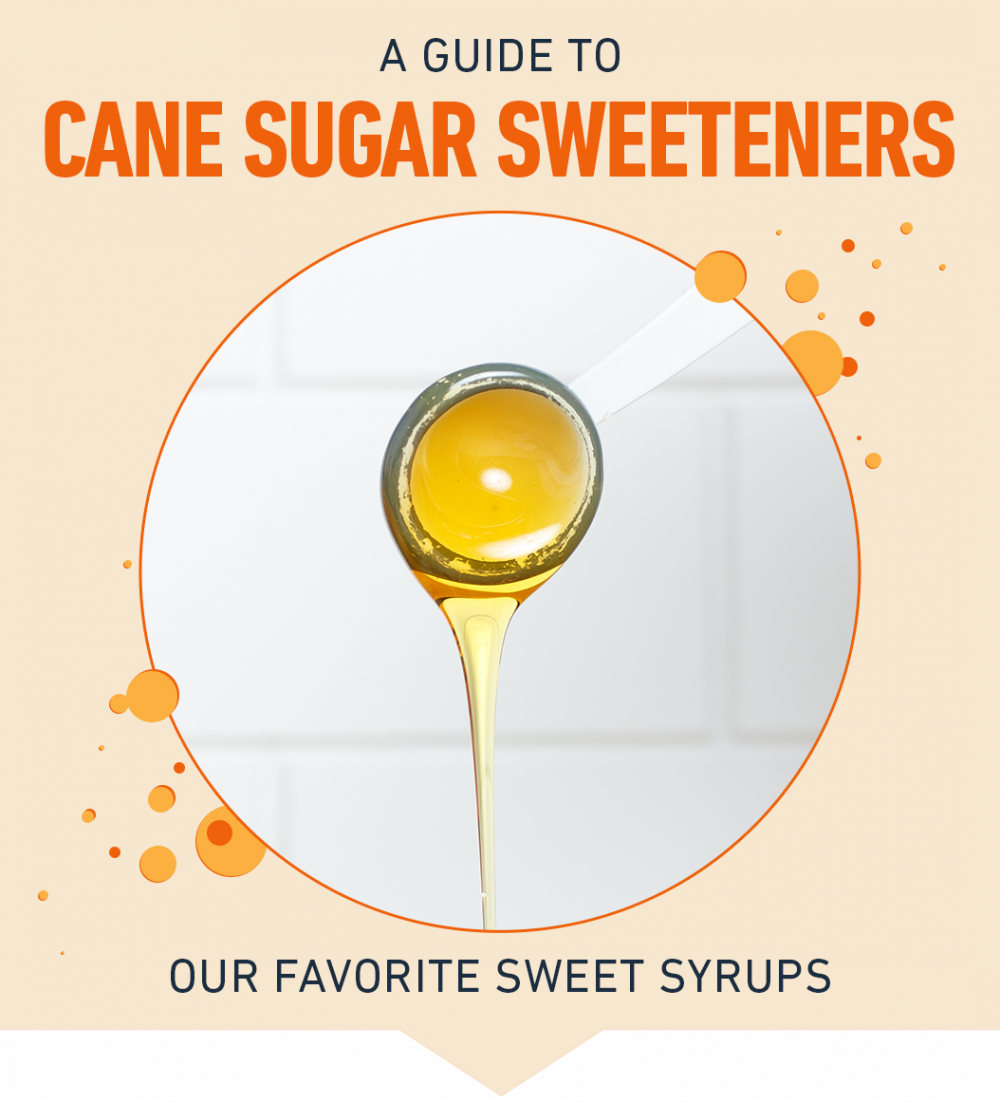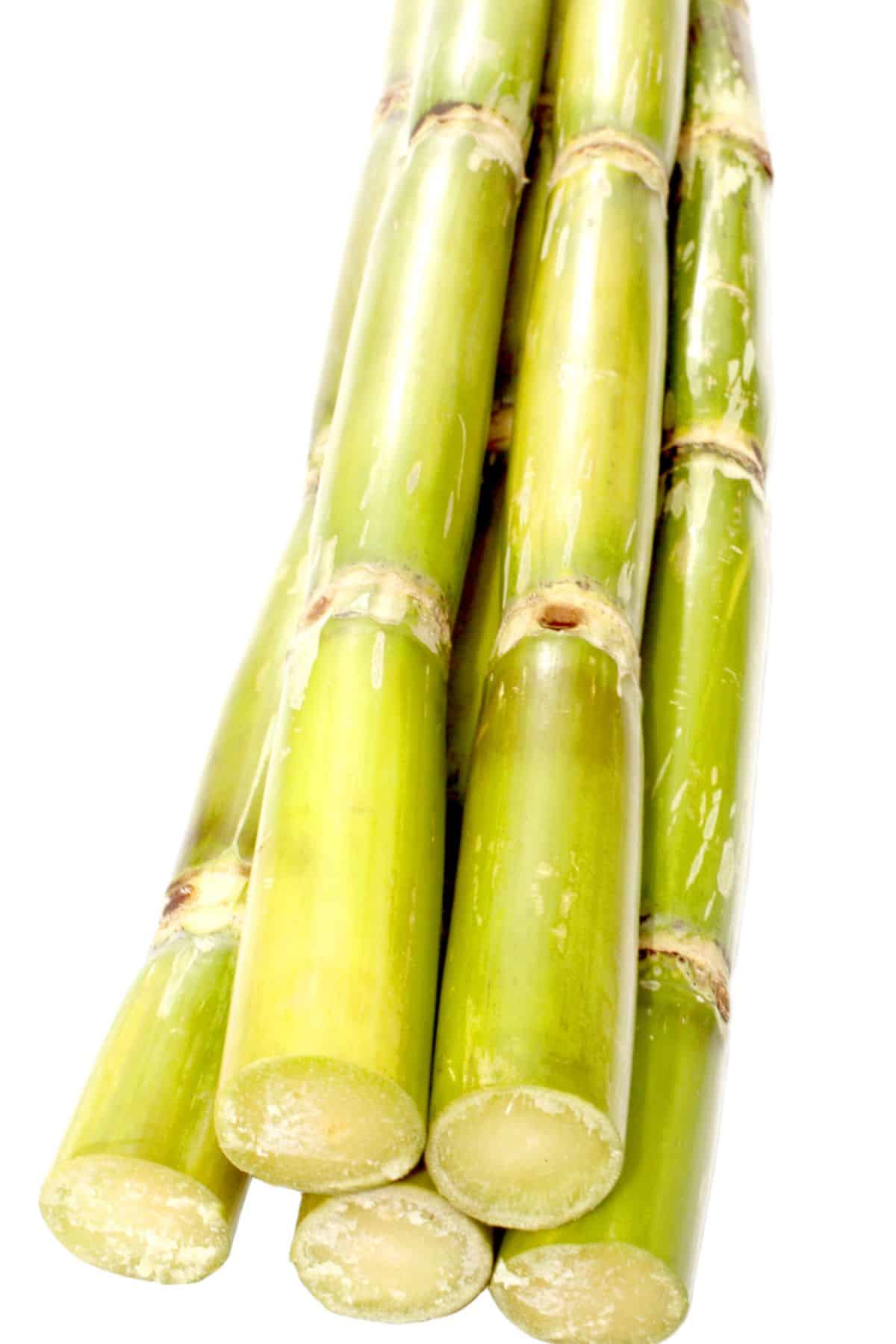Discovering the Comprehensive Steps Entailed in Walking Stick Sugar Processing From Collecting to Improvement
The procedure of cane sugar production includes a series of intricate actions, starting with the careful harvesting of sugarcane and culminating in the refinement phases that make sure the final product fulfills market standards. Each stage, from the extraction of juice to the filtration and formation processes, plays an important role in establishing the high quality and personality of the sugar.
Collecting Sugarcane
Harvesting sugarcane is an important action in the cane sugar processing chain, as it directly influences the high quality and return of the last product. Correct timing and methods are necessary during this phase to ensure ideal sugar web content and minimize losses. Commonly, sugarcane is collected when it reaches maturity, usually 12 to 18 months after growing, identified by a high sucrose concentration.

Post-harvest, the sugarcane should be processed quickly to stop sucrose deterioration. Ideally, harvested walking stick needs to be moved to processing facilities within 24 hours to protect sugar high quality. For that reason, effective logistical preparation is critical to maintain the honesty of the collected crop throughout the supply chain.
Extraction Refine

The crushed walking cane undergoes a collection of pressing operations to take full advantage of juice healing. Commonly, warm water is splashed onto the crushed cane, developing a countercurrent circulation that aids liquify the sugar while likewise aiding in the removal process. The juice collected from this operation contains not just sugar however likewise various natural substances and pollutants.

To boost removal efficiency, some facilities may utilize diffusion techniques, where the sugarcane is taken in warm water, allowing the soluble sugars to diffuse right into the liquid. The resulting juice, rich in sucrose, is then routed to subsequent handling stages, laying the foundation for purification and improvement. The removal procedure is thus crucial in identifying the high quality and return of the final sugar product.
Purification Techniques
The filtration strategies employed in cane sugar processing are important for transforming the raw juice into a high-quality sugar item. These methods primarily intend to get rid of impurities, such as soil, plant products, and not natural materials, which can negatively affect the end product's flavor and color.
This procedure includes adding lime and warmth to the raw juice, which promotes the coagulation of pollutants. Additionally, the usage of phosphoric acid can enhance the explanation process by further binding contaminations.
An additional significant technique is carbonatation, where co2 is introduced to the clarified juice. This response creates calcium carbonate, which captures staying impurities and advertises their removal.
Furthermore, triggered carbon treatment might be put on adsorb any type of remaining colorants and natural pollutants, ensuring a much more refined product. The mix of these techniques properly prepares the sugar juice for subsequent action in the refining process, establishing the phase for the production of premium walking cane sugar.
Crystallization Approaches
After the filtration check it out phase, the next critical action in cane sugar processing entails crystallization techniques, which play a crucial function in changing the made clear juice into solid sugar. This procedure typically employs 2 key methods: spontaneous condensation and regulated formation.
In spontaneous crystallization, supersaturated sugar solutions are allowed to cool normally, leading to the development of sugar crystals over time. This approach enables for the uniform growth of sugar crystals and higher pureness.
Throughout condensation, the cleared up juice is concentrated through evaporation, boosting its sugar material up until it gets to supersaturation. When this factor is achieved, either method can assist in the crystallization procedure. Cane Sugar Processing. The resultant sugar crystals are after that divided from the remaining syrup through centrifugation
Ultimately, the selection of formation method impacts the top quality, dimension, and purity of the last sugar item, making this step essential in the overall walking cane sugar processing procedure.
Improvement and Packaging
Just how can the purity and top quality of cane sugar be better enhanced after condensation? The improvement procedure plays an essential role in accomplishing high-quality walking stick sugar.
Next, the sugar goes through a process called centrifugation, where it is rotated at high speeds to separate the cleansed sugar crystals from the continuing to be fluid. After centrifugation, the sugar is frequently further improved through a technique called carbonization or phosphatation, which makes use of turned on carbon or phosphoric acid to get rid of Click Here shade and off-flavors.
When fine-tuned, the sugar is dried to attain the desired moisture web content, making sure that it remains stable during storage space and transport. The last step involves packaging the refined check out here sugar in moisture-proof and closed containers to keep its top quality and prevent contamination. Cane Sugar Processing. Proper packaging not only expands shelf life but likewise promotes very easy handling and circulation, making certain that consumers receive sugar that meets the highest standards of purity and quality
Conclusion
The detailed actions entailed in walking stick sugar handling, from the careful harvesting of sugarcane to the complex refinement and packaging stages, underscore the importance of each stage in making certain premium sugar production. Optimal harvesting techniques, reliable removal approaches, and extensive purification procedures jointly add to the final product's pureness and security. The condensation and succeeding product packaging techniques additionally improve the integrity and rack life of the sugar, highlighting the intricacy and precision intrinsic in this crucial agricultural industry.
The procedure of walking cane sugar manufacturing encompasses a series of detailed actions, beginning with the careful harvesting of sugarcane and finishing in the refinement stages that make certain the last product fulfills market standards. Preferably, gathered cane needs to be moved to refining facilities within 24 hours to maintain sugar high quality.In spontaneous crystallization, supersaturated sugar remedies are enabled to cool normally, leading to the formation of sugar crystals over time - Cane Sugar Processing. The refinement procedure plays an important role in attaining premium cane sugar.The detailed steps included in walking cane sugar processing, from the thorough harvesting of sugarcane to the elaborate improvement and packaging stages, emphasize the importance of each stage in guaranteeing high-grade sugar production